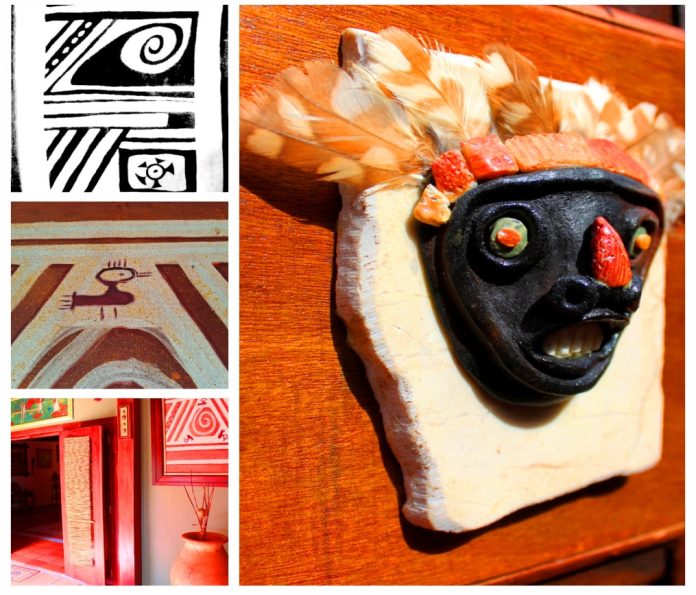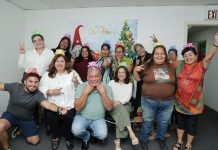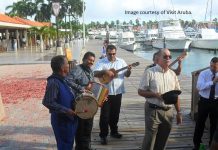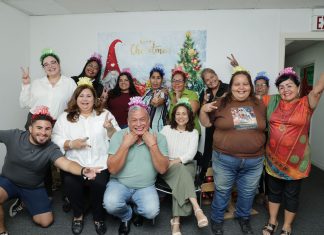Booking a magical glimpse inside Etnia Nativa
Article by Etnia Nativa call us 592 2702 and book your experience!
Etnia Nativa is a one-of-a-kind cultural interactive experience location that enriches this newspaper through each and every episode with island traditions, cultural heritage, and knowledge that goes beyond the native flora and fauna of our island. Its column, Island Insight, will definitely reveal to you an Aruba you never could have discovered. Aruba has a very valuable intangible cultural heritage, a “living heritage,” which includes practical expressions and crafty techniques transmitted from generation to generation. Spreading the island’s traditions is one of Etnia Nativa’s main objectives. This episode shares a bit about the mystical Dabajuro style—a series of geometric designs that turned out to be unique and expressed in ceramic decorations that defined an era of cultural identity and Aruba’s heritable existence.
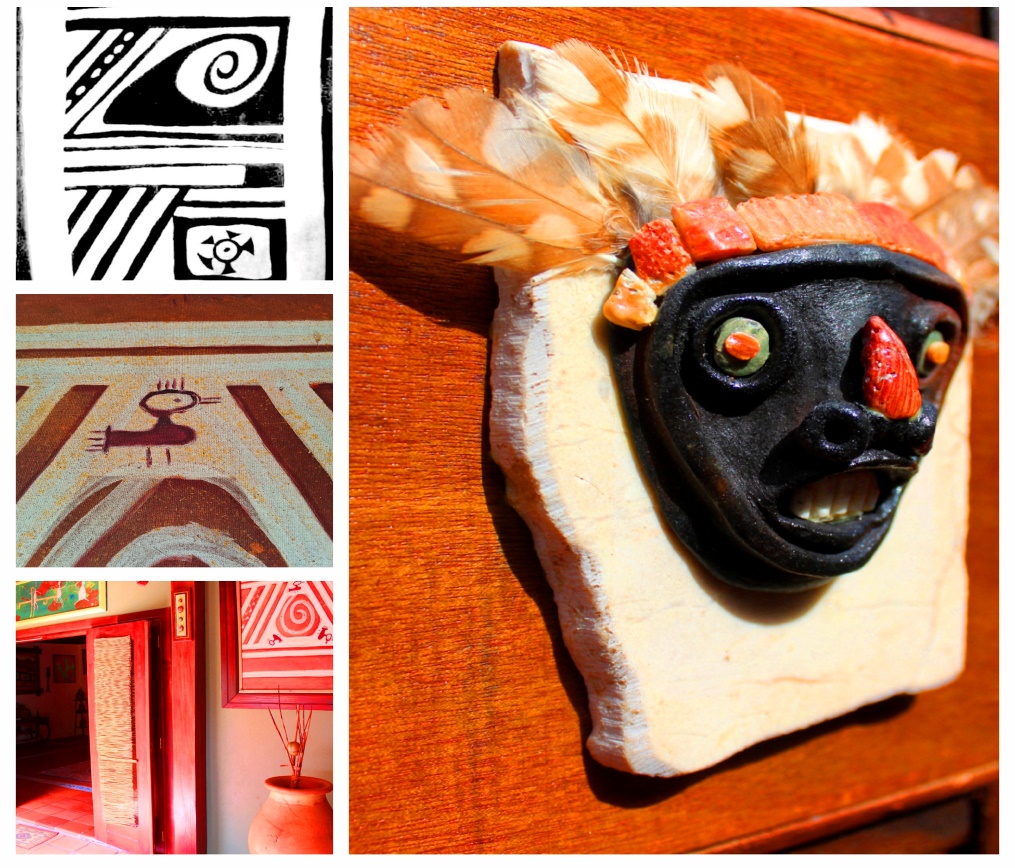
Our native Caquetian insular forefathers developed the style classified as Dabajuroide, in honor of the nearby city of Dabajuro in Venezuela, where pieces of well-crafted ceramic pottery were found, giving it the name to distinguish it from the rest. The decorated ceramic pieces—fine, thin, and of great quality—had classic polychrome designs, made with various shades of red, orange, black, and white pigment combinations, covering a variety of shapes and techniques such as incision, applique, indentation, and finely polished morphology.
It is evident that pottery was very important for these sedentary Amerindians of the agro-ceramic period, as well as for fishermen who venerated the clay as a gift of knowledge obtained from mother earth. Baking large vessels demonstrates great technical skill in their production, while some are associated with burial and the cult of the dead. Others were used intensively in everyday life to store liquids such as corn beer, honey, jerky, seeds, roots, medicine, etc. Clay was also used to build their dwellings and was applied in funerary practices, agro-religious traditions, and shamanic ceremonies.
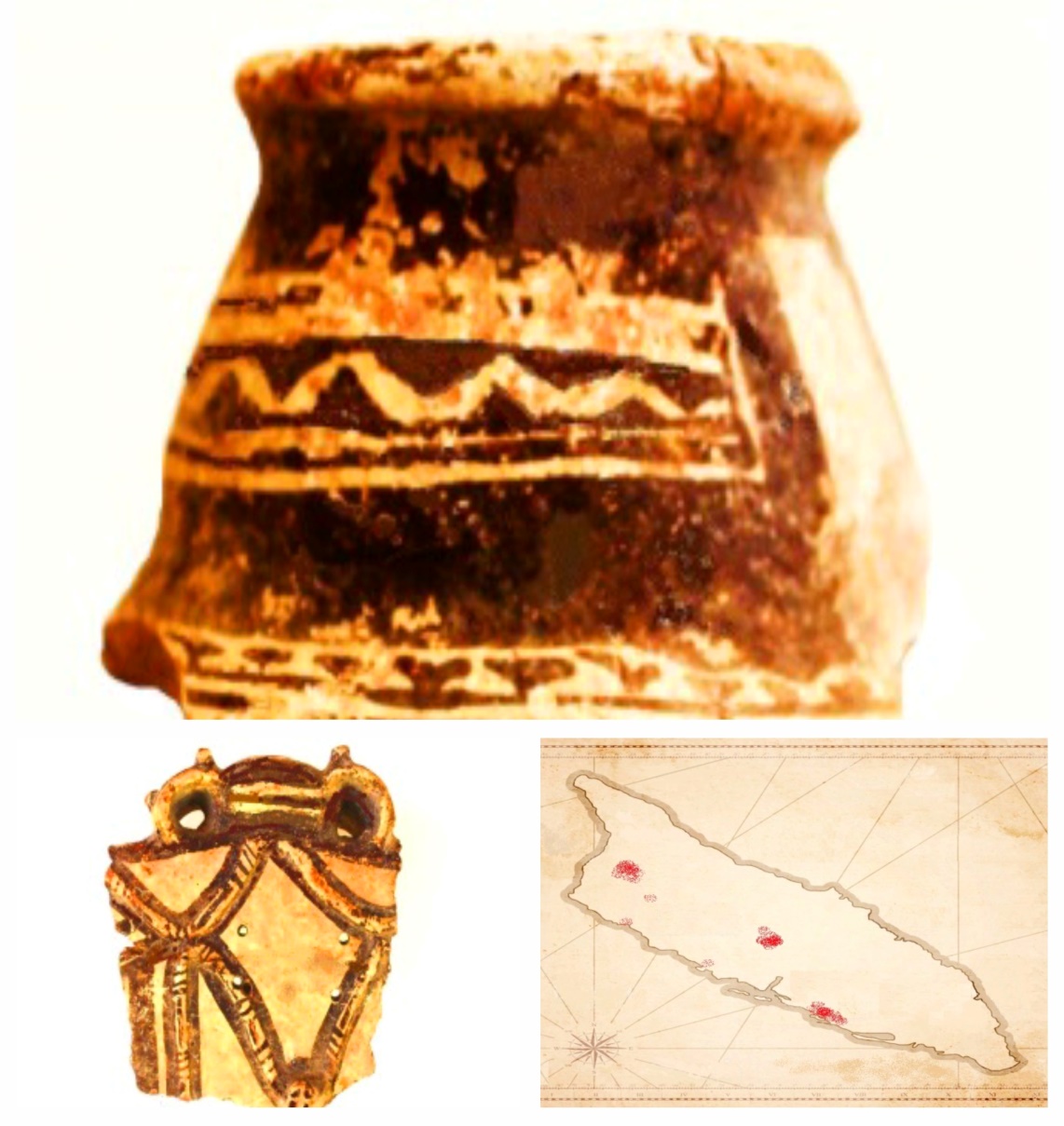
Predominant within the archaeological record of our island are three main ceramic sites interpreted as permanent settlements that offered a large quantity of Dabajuro-decorated pottery, lithic materials, and special artifacts: Tanki Flip inland in the east of the island, Santa Cruz in the center, and Savaneta at the coastal south-west of the island. These sites are situated more or less on one straight line to each other (see map). Surface findings and excavation production in the subsoil of these sites suggest that all three were large, permanently inhabited villages for considerable periods of time. Our columnist had participated as a student in the first Tanki Flip site excavated, which took place from 1971 through 1979. These excavations resulted in the discovery of larger oval structures and smaller round ones. However In other sites, such as Tanki Lender and Parkietenbos-West, fewer ceramic pieces of Dabajuro-decorated pottery were found.
The Dabajuro style is among the most complex works in this region, and its classic painted designs include various forms of zoomorphic as well as anthropomorphic figures. Advocating for the return to ancestral practices and using the prehistoric technique of grinding various tones of ocher to obtain color pigments such as brown, reddish brown, red, light yellow, orange, and black, creating intriguing motifs, wavy edges, or additional applications of sacred animals such as heads of frogs, bats, birds, turtles, etc., as well as effigies made out of various types of shell, Etnia Nativa creates unique and gorgeous works of tradition.
If you are really interested in learning a bit more about our true island identity, booking your visit to Etnia Nativa is infallible. It is the operation center of Anthony, our chief cultural columnist, who has been a trend-setter since 1994. Meet him, one of the key realizers of our National Park Project, the Archaeological Museum, and others. His main goal is to provide valuable knowledge of the island to our distinguished visitors.
Etnia Nativa sets itself apart from the rest as a hidden gem by offering a personal native touch and providing the opportunity to enjoy a diverse array of native artworks, objects, artifacts, dead animal stuffed, plants, colonial furniture, unique old photos, etc. while dipping you into the navel of Aruba. Book your visit: WhatsApp +297 592 2702 etnianativa03@gmail.com


